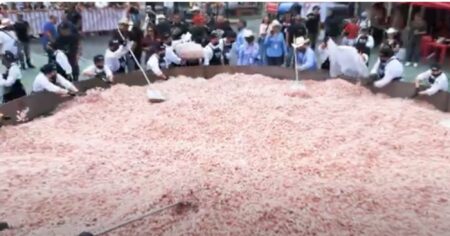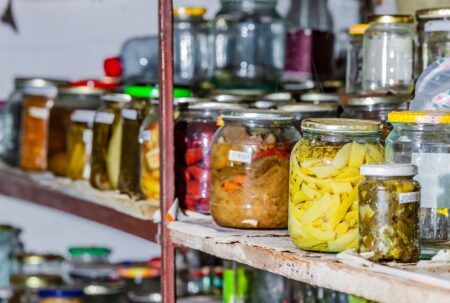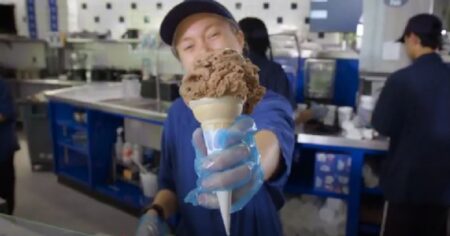In a world where most people are more familiar with grocery store aisles than furrowed fields, two 4-H members are pushing back against the disconnect between modern life and the roots of our food system. Anna Rott of Minnesota and Makenna Lybarger of Ohio are doing more than just leading — they’re creating spaces where young people can engage directly with agriculture, many for the first time.
As Roth Scholars through the 4-H Leadership Academy, both are channeling their passion into grassroots education projects that aim to reshape how kids view farming, sustainability, and the food industry at large.
Bringing the farm to the city: Anna Rott’s Urban Agriculture Day Camp
Rott’s initiative stands out not only for its ambition but for its strategic focus. Her week-long day camp introduces urban youth — many of whom have never set foot on a farm — to the fundamentals of agriculture. By combining hands-on activities with educational content, the camp addresses a growing knowledge gap in society: how food gets from the field to the fork.
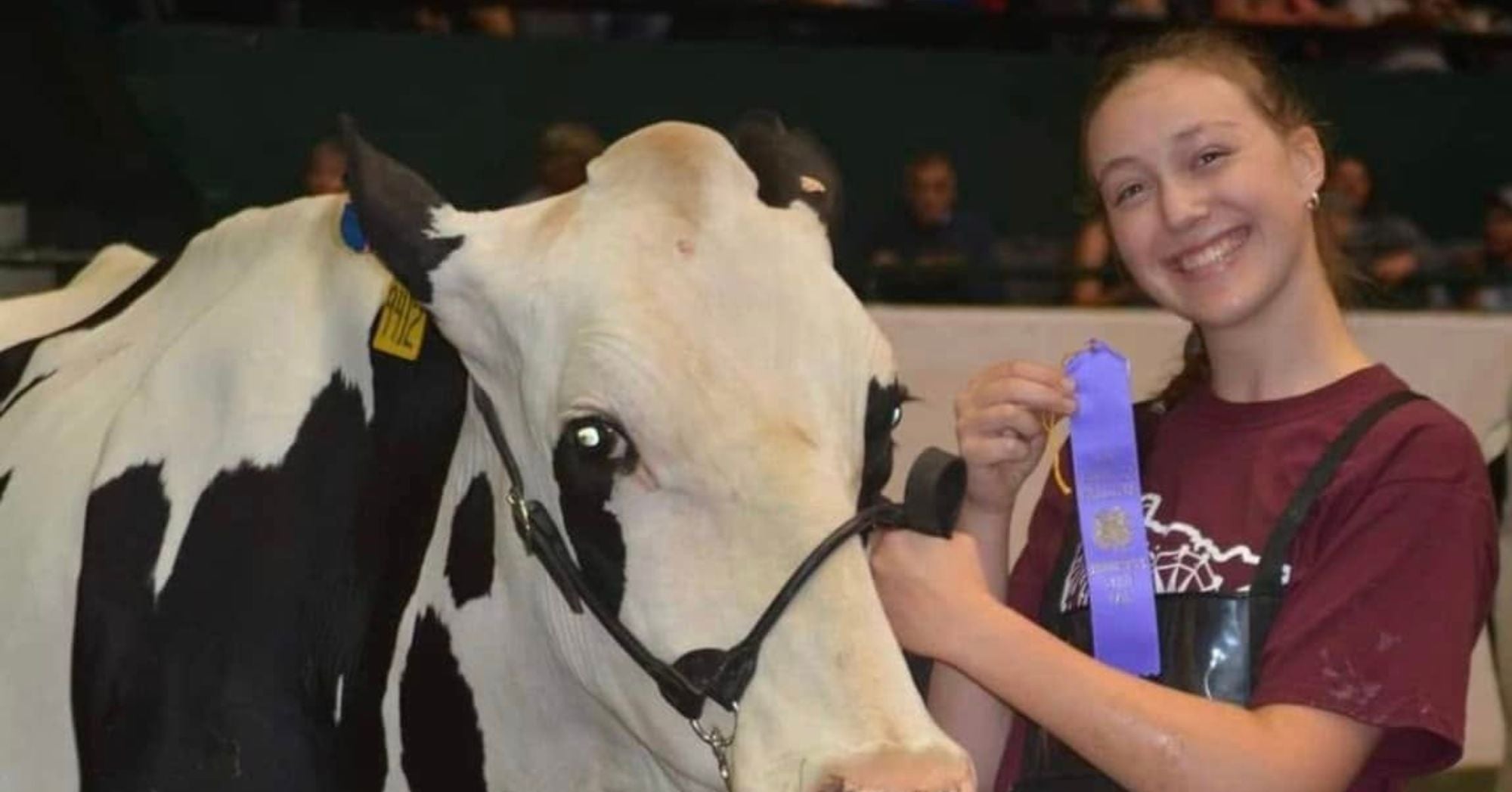
“There’s often a sense that agriculture is something that happens ‘somewhere else,’ ” Rott said. “But the truth is, it’s happening everywhere — just often in ways people don’t see.”
Her goal is simple, but also powerful. Rott aims to show kids that agriculture is all around them and that they, too, can be a part of it. The camp’s activities are designed to be fun and informative, touching on everything from how crops grow to the logistics behind food distribution. For many participants, it’s the first time they’ve considered that agriculture isn’t just tractors and barns — it’s science, sustainability, logistics, economics, and more.
The camp is a reflection of Rott’s larger belief in the power of exposure. “If you never see it, you never know it’s an option,” she said. “And for too many kids in urban areas, agriculture just doesn’t appear on their radar.”
Makenna Lybarger’s Mini Gardens and Big Lessons
For Lybarger, her agriculture project began with a personal realization.
“My project was inspired by my passion for agriculture and the lack of widespread access to agricultural education in my community,” she explained. “I first became aware of how important agriculture is through 4-H when I joined the Cloverbud program at age 6.”
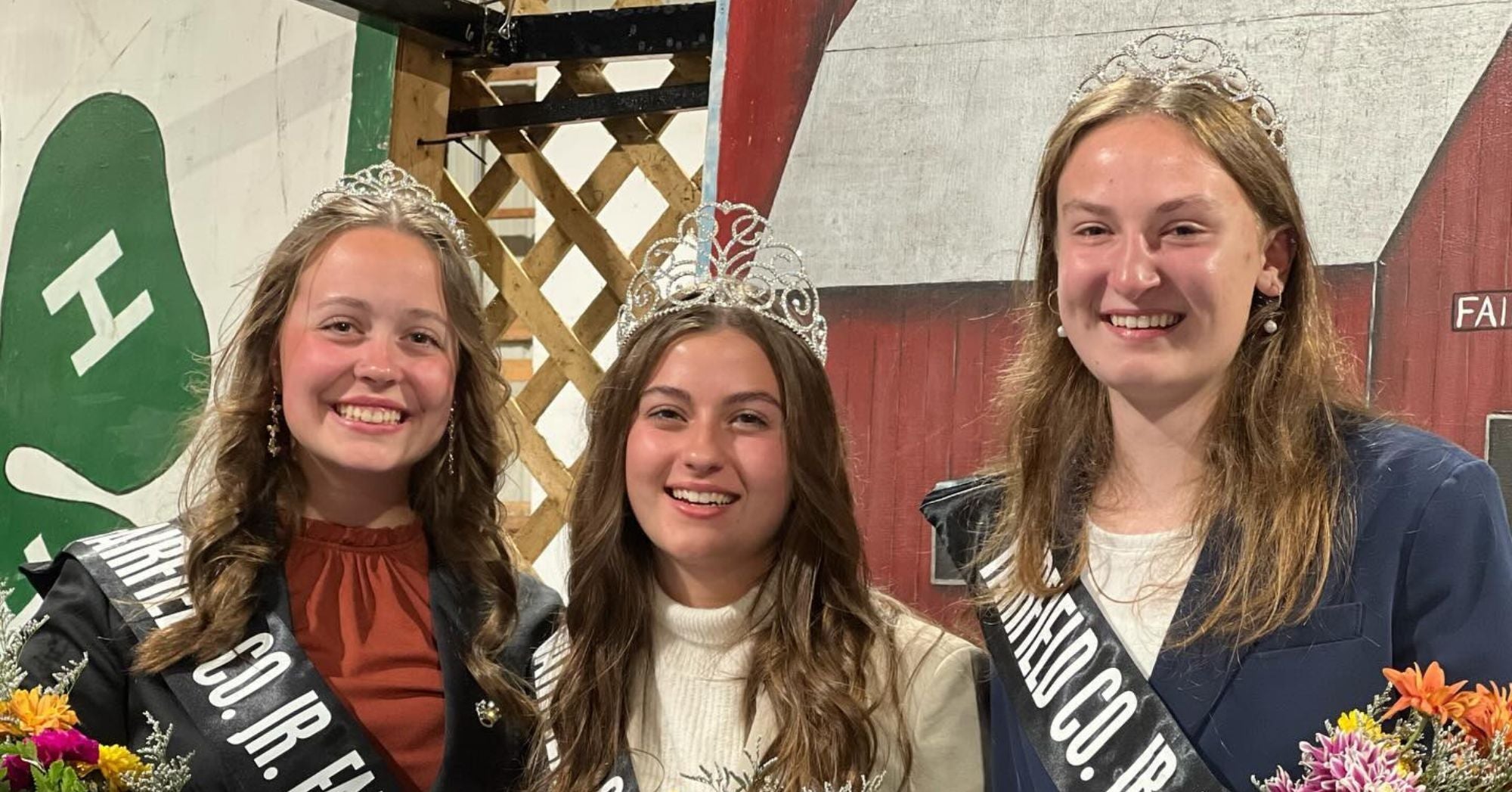

Since then, that passion has continued to grow. Her project includes teaching elementary students about agriculture and sustainability through hands-on activities, including planting and studying mini gardens. It’s a simple concept with profound impact — by helping children grow something from seed to sprout, Makenna hopes to open their eyes to the systems that feed and support their lives.
“Agriculture directly affects every single person — whether they notice it or not,” she said. “All the food we eat is a product of farming in some capacity, and many people do not even know where their food comes from!”
Lybarger’s experience is the testament to the profound disconnect individuals feel from the origin of their food. And similar to Anna, she believes change must start with youth.
“When kids gain access to agriculture and develop a better understanding of the role it plays in their life, it will help them become more aware of important things like where their food comes from and how it can impact their day-to-day life,” she said.
Overcoming challenges while finding community
Beginning a community project at a young age is not without its obstacles. For Lybarger, the largest obstacle was likely finding the right audience. She had considered schools, churches, and farmers markets before deciding to focus on other 4-H clubs in her home county of Fairfield County, Ohio.
“I chose 4-H clubs because 4-H has shaped me into the person I am today, and the people in Fairfield County are like a second family to me,” she said. “They have supported me through the entirety of my project.”
That sense of support made all the difference. With guidance from peers, extension educators, and her family, Makenna was able to create a program that resonated — especially with kids like the quiet 4-H’er who approached her after a presentation. “He told me how much he loved the presentation and the work we were doing. He told his friends at school. I was happy to know that at least one person took something away from my presentation that day.”
It’s these moments — authentic and unfiltered — that fuel her drive.
The ripple effect of agricultural education
Both Rott and Lybarger share a broader vision: not just to inform, but to inspire. Their efforts fall squarely in line with 4-H’s mission of helping youth become Beyond Ready for the future, and both see their projects as a launching point — not just for others, but for themselves.
“This project has solidified my desire to continue to be involved in agriculture post-graduation,” Lybarger says. “I definitely want to go to college and pursue something agriculture-related and grow up to have more livestock of my own!”
Her experience as a Roth Scholar has also deepened her understanding of leadership. “This program has given me a new look into what is required to be an effective leader, such as conviction in my project and finding the purpose behind my work,” she explained. “The projects through 4-H are more than projects, they teach skills that help build character and prepare you for life.”
Rott, too, sees her camp as just the beginning. She hopes the concept can be adapted by other communities, expanded into longer programs, or integrated into school systems. The enthusiasm and curiosity of the campers has already shown her that when kids are given a chance to learn about agriculture, they jump at it.
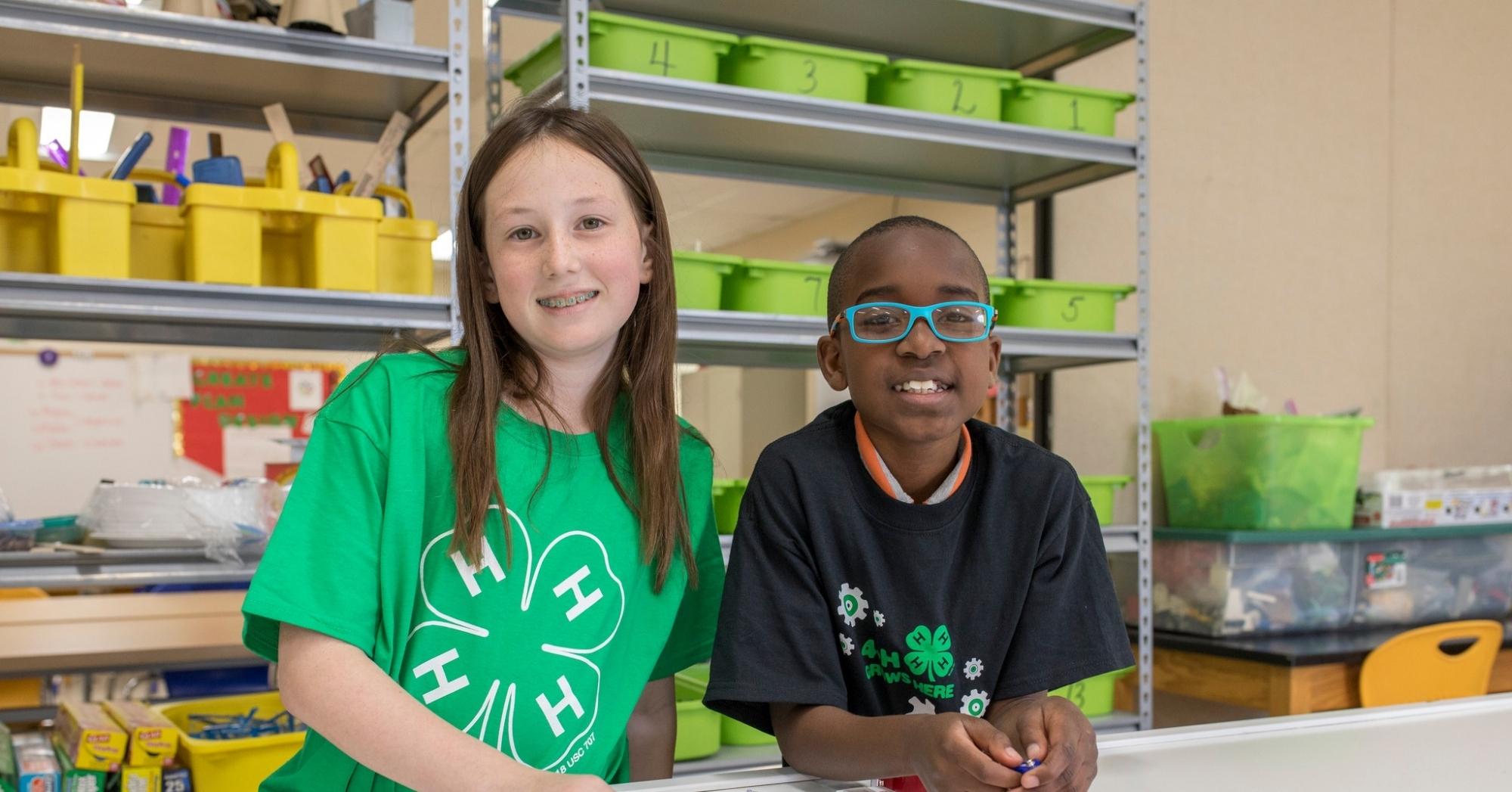

Breaking the cycle of agricultural apathy
When asked why agriculture careers are often overlooked, Lybarger doesn’t hesitate. “I think the largest attribute to this is the lack of agriculture education in our day-to-day lives,” she said. “For people who did not grow up on a farm or raising livestock, there is no consistent reminder that all the things we do affect the food we have to eat.”
In classrooms, she notes, farming and ag-related careers rarely get the spotlight compared to paths in medicine, education, or sports. This absence of visibility shapes perceptions early, and by the time students reach high school, many don’t consider agriculture a viable or desirable career path.
Programs like hers aim to change that. “Students in all schools should be encouraged to join 4-H,” she said. “There is a project for everyone! Not to mention, 4-H is an easy and fun way that people can become connected and more involved.”
Looking to the future
Lybarger’s vision for the future of her project is expansive. “I hope to reach more people with my project. Hopefully, other counties in the state of Ohio and even other organizations and schools. This is just the first step.”
Ultimately, her goal is to spark curiosity and ignite a passion that might have otherwise gone unexplored. “I want to open new doors that some people never even knew existed until now.”
When kids grow a plant, understand where their food comes from, or learn that agriculture touches nearly every industry — from engineering to biology to public policy — it can shift the way they see the world. And sometimes, that shift starts with something as small as a seed.
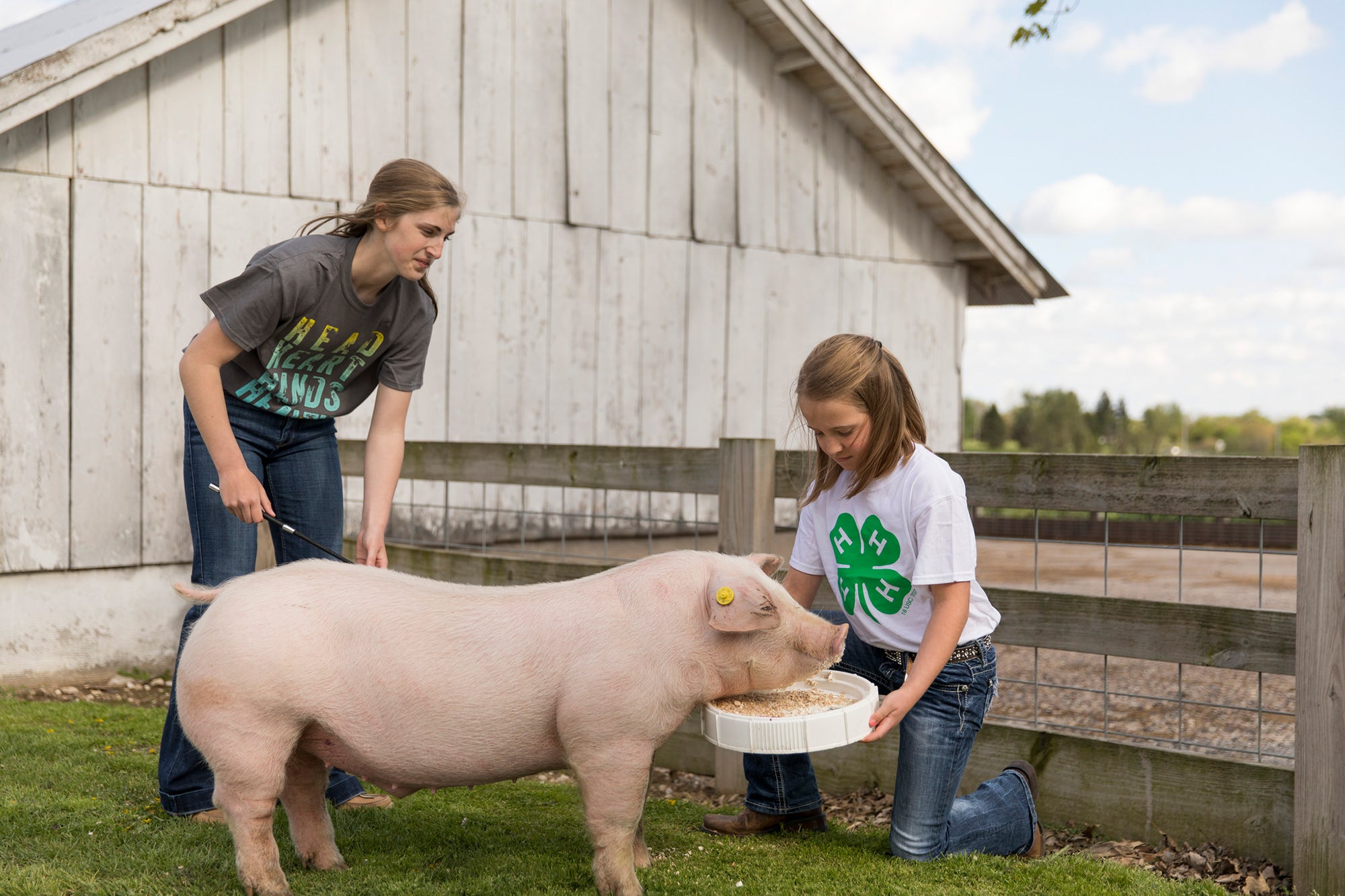

Asked what she hopes students will learn from her mini gardens, Lybarger answers simply: “I hope students have a better understanding that the things they eat and use every day have to be grown and produced somewhere.”
She reflects on her own early misconceptions. “When I was younger, I didn’t grasp the concept and thought that food just appeared in the grocery store and then my fridge. This project will hopefully help youth understand the importance of agriculture and how small actions, like planting a garden, can contribute to that.”
What Rott and Lybarger are doing isn’t just education — it’s empowerment. It’s about showing young people that agriculture isn’t a relic of the past, but a key to the future. Whether through planting gardens or creating camps, they are helping redefine what leadership looks like for a generation coming of age in a world increasingly disconnected from the soil that sustains it.
Their projects illustrate a powerful truth: When given the tools, young people don’t just rise to the challenge — they help others rise with them.
Heidi Crnkovic, is the Associate Editor for AGDAILY. She is a New Mexico native with deep-seated roots in the Southwest and a passion for all things agriculture.


:max_bytes(150000):strip_icc()/Markets-9-Corn-down-soybeans-down-4-8bef982fb16349fe948d8ed34ac2d25e.jpeg)
:max_bytes(150000):strip_icc()/100409181_beef_cattle-041f8c6cd1eb4b47b2f421f13e288c82.jpg)



